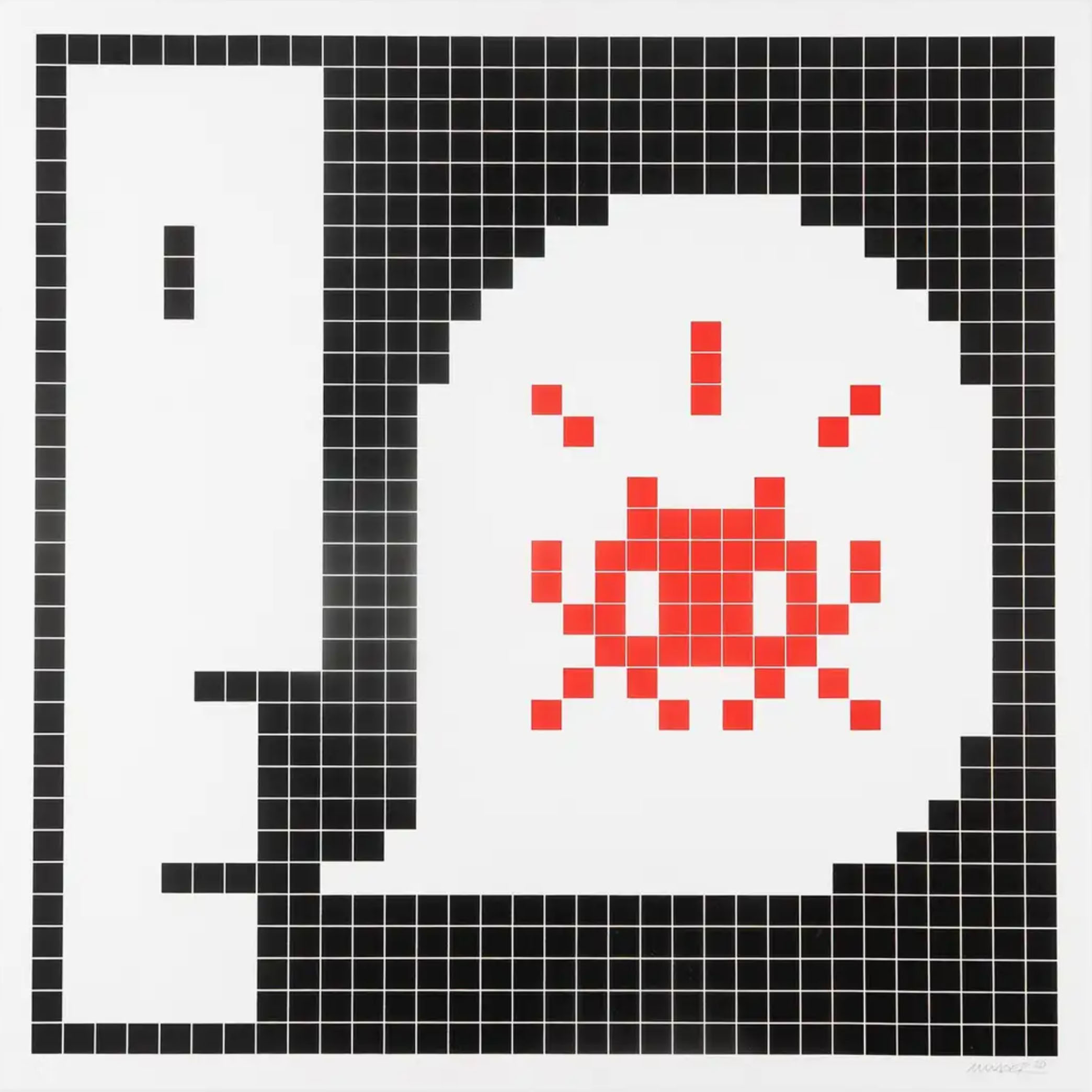Jazoo Yang is interested in the evolution of cities and the nostalgic poetry that emerges from popular neighbourhoods demolished at high speed in areas of urban redevelopment. Her newest mural project for this years Nuart Festival uses Korean symbols of forced evictions and demolition to raise awareness about all those globally who are exposed to the threat of forced migration.
The title, “1881-1”, refers to the address of a demolished house in Busan in Yang’s native South Korea, which was cleared as part of the city’s sweeping gentrification program. With its economic growth, housing developments in Korea continues at an unprecedented rate and new land is sought after. In the housing process, small villages are frequently demolished to make way for new high-rises, with little compensation to the existing occupants. Their homes are being ripped apart and there is nothing that can be done.
In Busan, there are over 100 redevelopment districts eating away at the city’s landscape day-by-day. The mural holds particular significance in Stavanger East; vast swathes of which have been transformed from a post-industrial ruin into a thriving residential and “start-up” district over the last 10 years.
Each symbol (either a circle, cross or dot) carries a specific meaning: deserted house, demolishment or illegal occupation – indicating whether or not the building is clear and ready for demolition or not. In Stavanger, as in Busan, they’ve been uniformly sprayed in highly saturated, garish red.
Whilst in Stavanger Yang also created a new iteration of her “Dots” series in which she typically covers a home set for demolition with thumbprints. In Korea, the thumbprint, or “Jijang”, has a legal and personally binding power similar to a signature. With just a thumbprint, whole communities are turned over to destruction; people driven to bankruptcy; whilst millions of dollars are exchanged.
Jazoo Yang’s “Dots” series not only highlights the problems with Korea’s housing developments, but brings unity and pride to the villagers who are losing their homes for gentrification. Her series encapsulates the illegal practices happening today and leaves a footprint in Korea’s timeline so no one can forget.
“Alleys, houses, trees, communities and everything that took a long time to embellish are gone in an instant without a trace. The act of imprinting each red Jijang is a promise to remember all of this and a temporal and spatial record.” Jazoo Yang
In Stavanger, the artist marked a dilapidated, land-locked boat with thumbprints, alluding to the evisceration of traditional seafaring industries in Stavanger such as shipping and fishing in favour of the lucrative oil industry, as well as the global migrant crisis and widespread apathy towards the humanitarian crisis arising from forced migration on a mass scale.
Nuart Photographer Brian Tallman draws attention to Jazoo Yang’s work beautifully, as her thumbprints defiantly stand out amongst the darkness.
The murals represent a beautiful collaboration, and an appreciation of different cultures.













